Becoming a successful lash technician involves more than just mastering the application of extensions. It also requires the artistry to create a perfectly shaped set of lashes tailored to each client. This is where lash mapping comes into play.

What is Lash Mapping?
Lash mapping is a technique used to plan the lengths, curls, and thicknesses of eyelash extensions to create a stunning look that suits your client’s eye shape and natural lashes. This guide will walk you through the essentials of lash mapping and introduce you to some popular lash maps.
Looking for Quality Lash Supplies?
At Glossette Beauty, we offer top-quality lash supplies at competitive prices. Whether you’re an individual lash artist, a salon owner, or a beauty school, we provide discounts and wholesale prices for those who qualify. Click here to find out if you qualify.
Popular Lash Maps
Natural
The natural eye mapping follows the natural growth of the client’s lashes, resulting in a gradual change of shape without dramatic length jumps.
• Effect: Most natural look
• Recommended for: Almond eyes, round eyes, upturned eyes, any face shape
• Avoid for: Hooded eyes, monolid, downturned eyes
Doll Eye / Open Eye
This map places the longest lashes over the iris, then drops dramatically on the inner and outer corners.
• Effect: Makes eyes look bigger, corrects downturned eyes
• Recommended for: Almond eyes, monolid, downturned eyes, hooded eyes, wide-set eyes
• Avoid for: Round eyes, upturned eyes, narrow face shape, close-set eyes
Cat Eye
This map keeps lashes shorter until the pupil, then increases length dramatically from the center to the outer corner.
• Effect: Makes eyes look wider, corrects close-set eyes
• Recommended for: Almond eyes, round eyes, upturned eyes, downturned, monolid eyes, hooded eyes, close-set eyes
• Avoid for: Downturned eyes, wide-set eyes
Checklist: Before You Start Lash Mapping
Your client may have specific requests, but it’s crucial to assess their facial and eye features to determine what will suit them best. Ask your client to look straight at you while you examine various aspects of their eyes.
Eye Shape
• Almond Eyes: Top and bottom of the iris are slightly covered by the lids. Suitable for most styles depending on the desired effect.
• Round Eyes: The entire iris is visible. Opt for natural or cat-eye maps to elongate the eyes.
• Hooded Eyes: Heavy brow bone with a deep-set crease. Use curls that extend past the hood, like L or L+ curls.
• Monolid Eyes: Less apparent crease, common in Asian women. Doll-eye and cat-eye maps work well, but use longer extensions on the inner corner.
Eye Angle
• Upturned Eyes: Outer corners higher than the inner corners. Use cat eye mapping to emphasize the shape or natural mapping for balance.
• Downturned Eyes: Outer corners lower than the inner corners. Doll eye or open eye maps help lift the eyes.
Eye Spacing
• Close-set Eyes: Eyes closer together than one eye-width. Use longer lengths towards the outer corners to create distance.
• Wide-set Eyes: Eyes more than one eye-width apart. Doll or open-eye mapping works best.
Face Shape
• Wide Face: Can handle more dramatic looks.
• Narrow Face: Opt for more delicate styles to avoid overwhelming the face.
Natural Lash Direction & Curl
• Upward Growing Lashes: Suitable for J, B, C curls.
• Straight Lashes: Suitable for all curls.
• Downward Growing Lashes: Use C, D, U, M curls.
• Downward Growing Lashes on Monolid Eyes: Use L, L+ curls.
Natural Lash Strength
Assess the strength of the natural lashes to determine the length and thickness of the extensions. Fine, delicate lashes cannot support very long or thick extensions, so choose appropriately to avoid damaging the natural lashes.
By mastering these techniques and tailoring your approach to each client’s unique features, you can create beautiful, customized lash extensions every time.


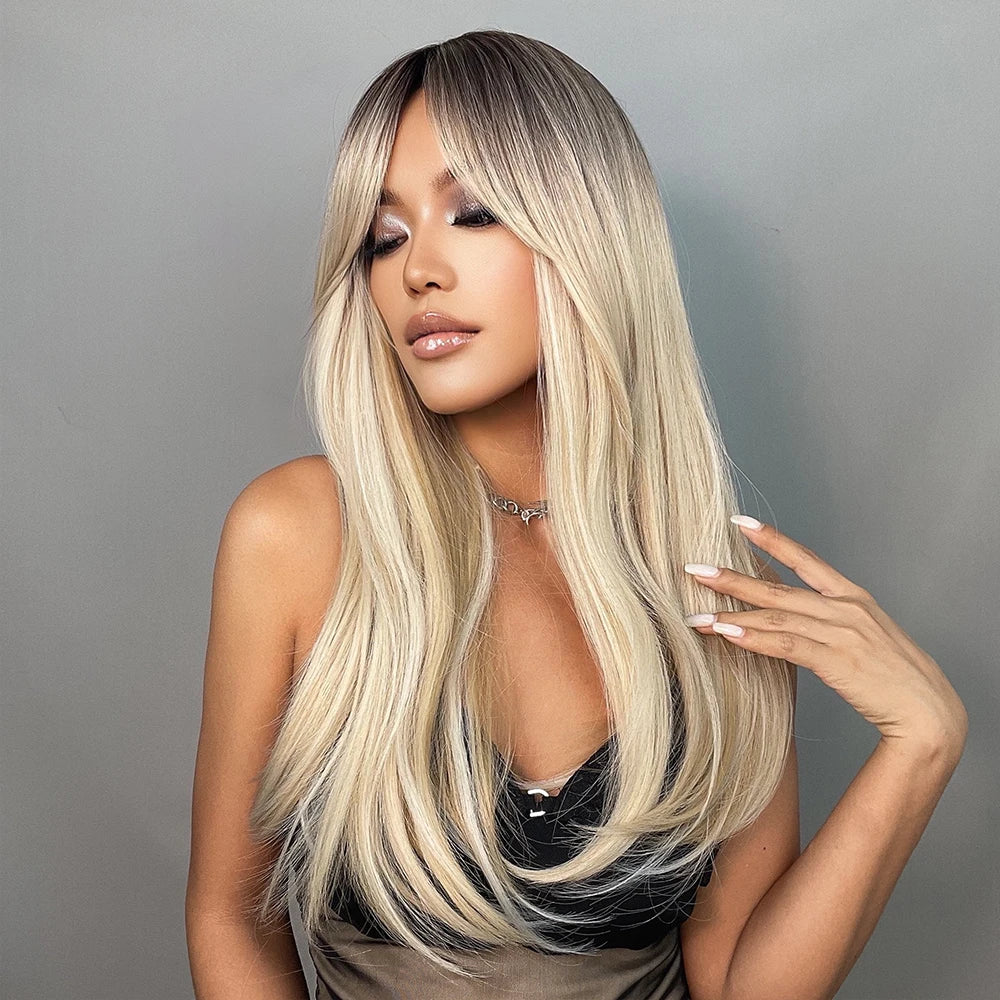
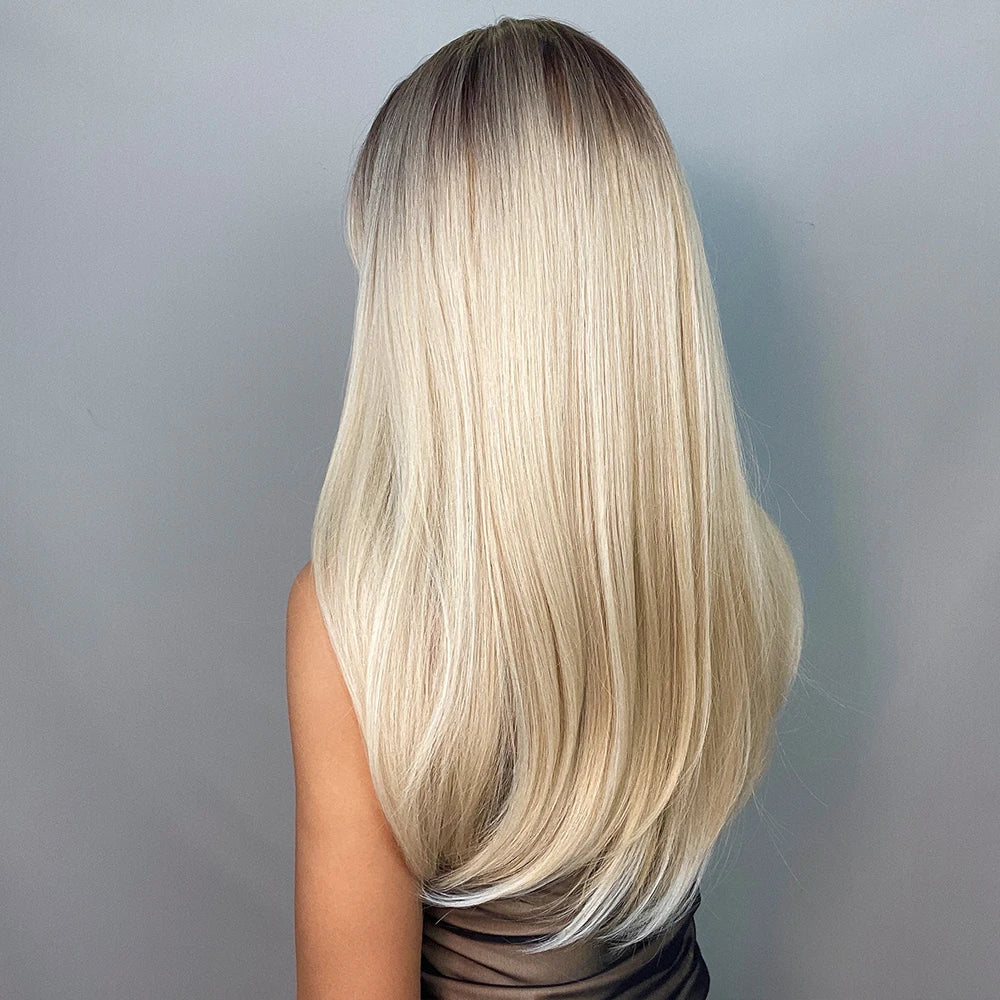
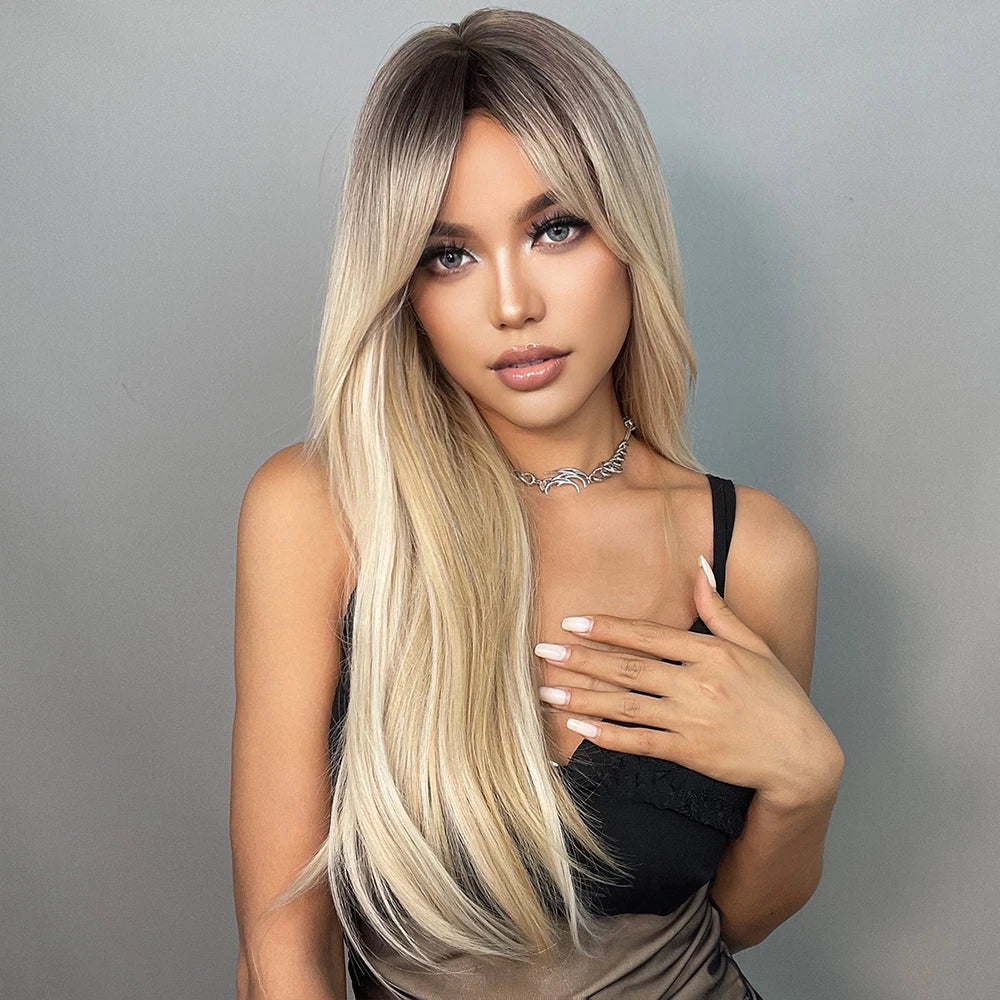
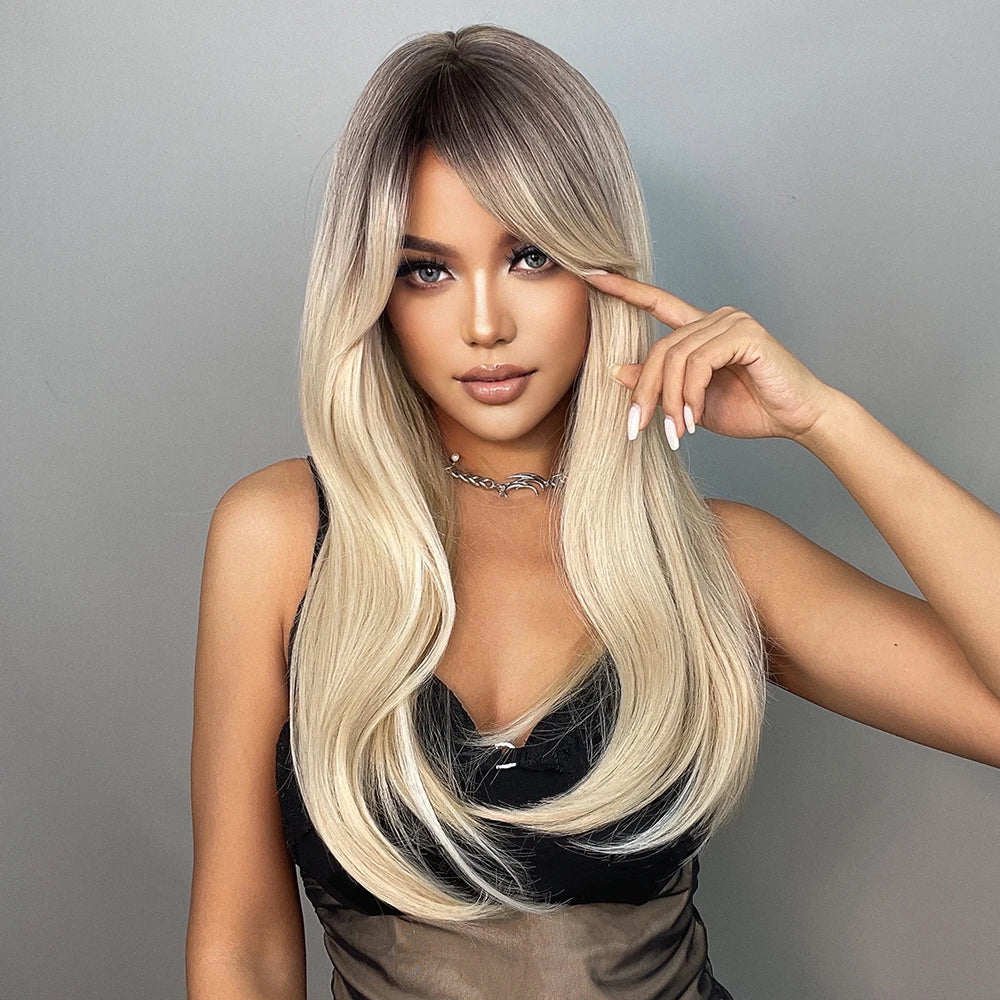
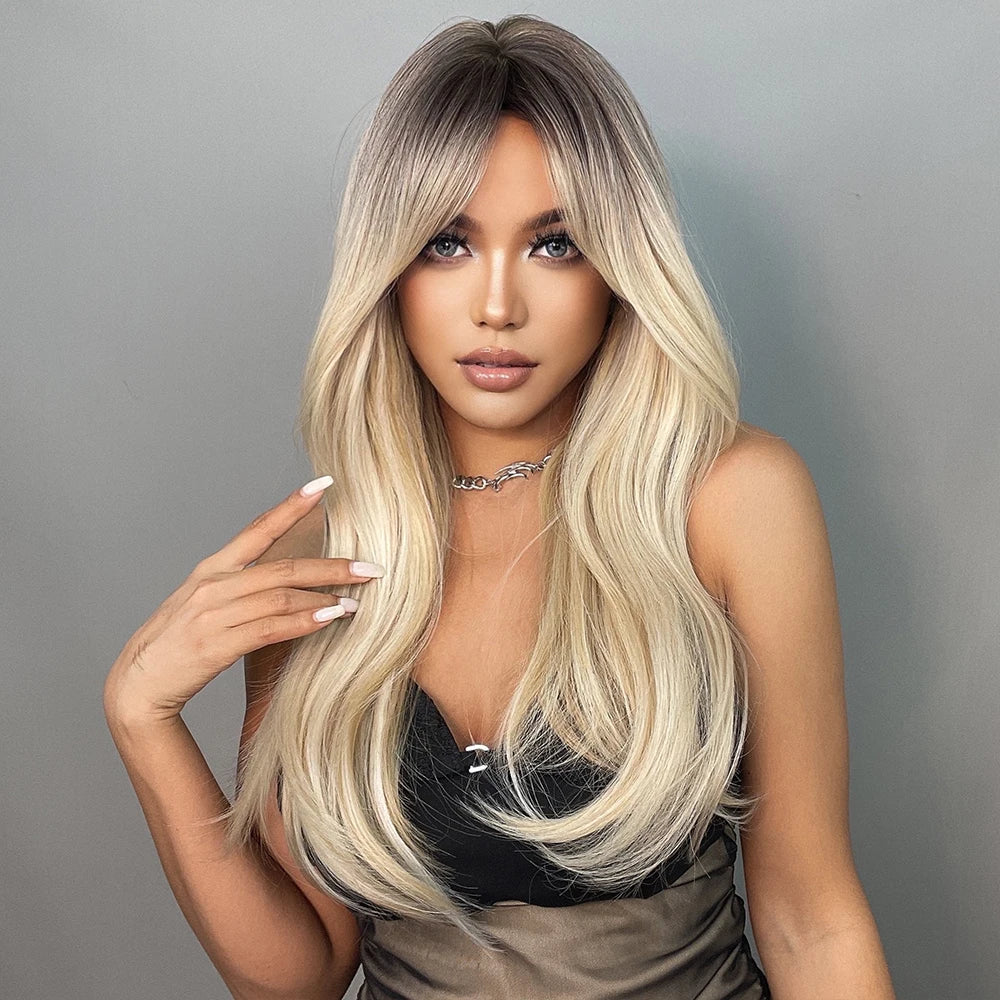
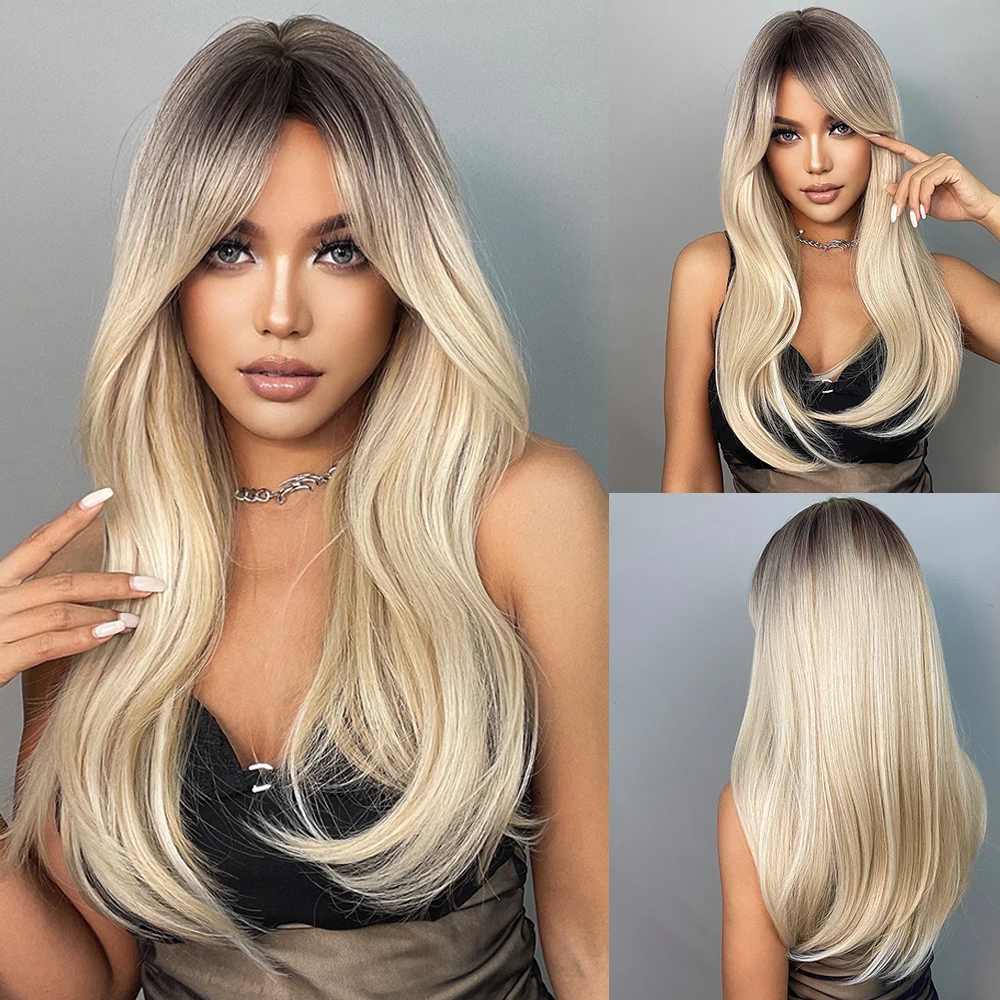
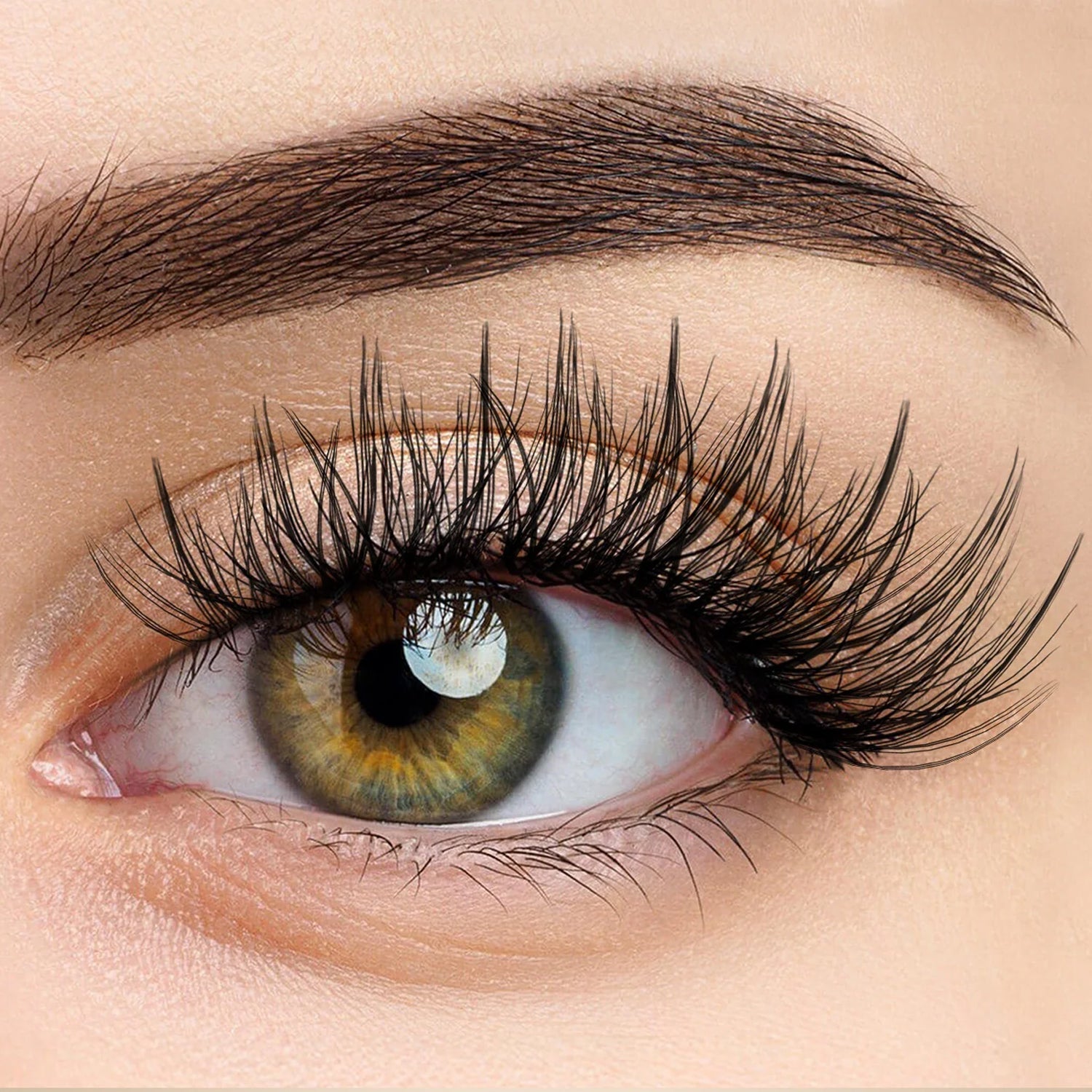
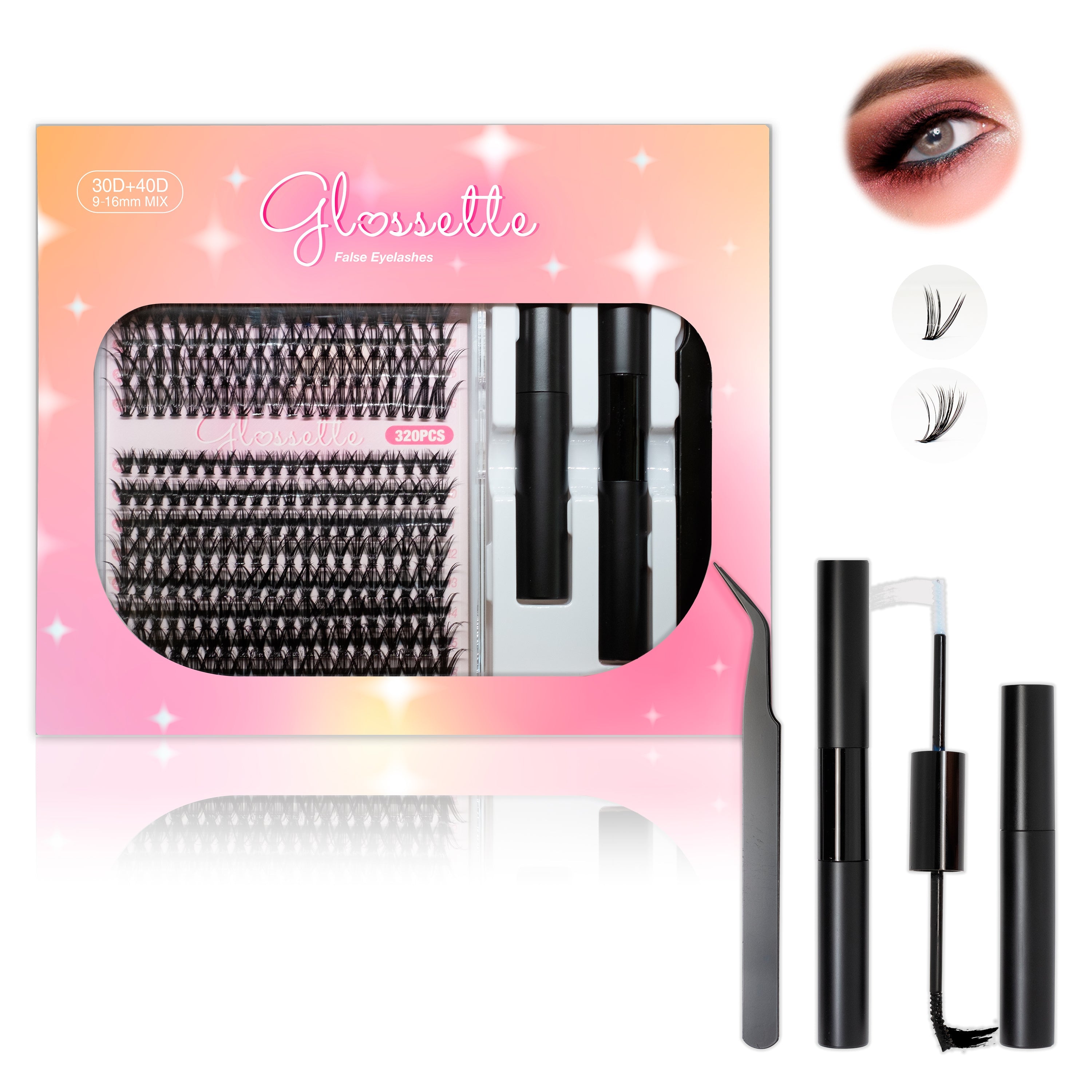
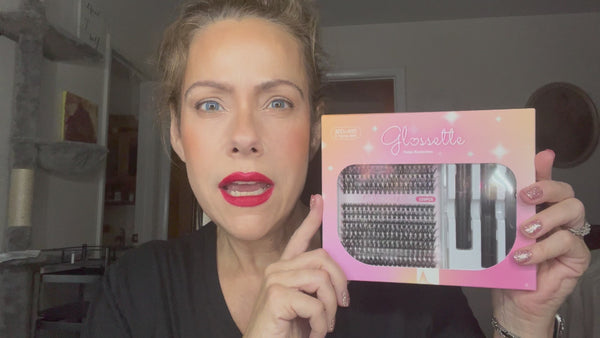
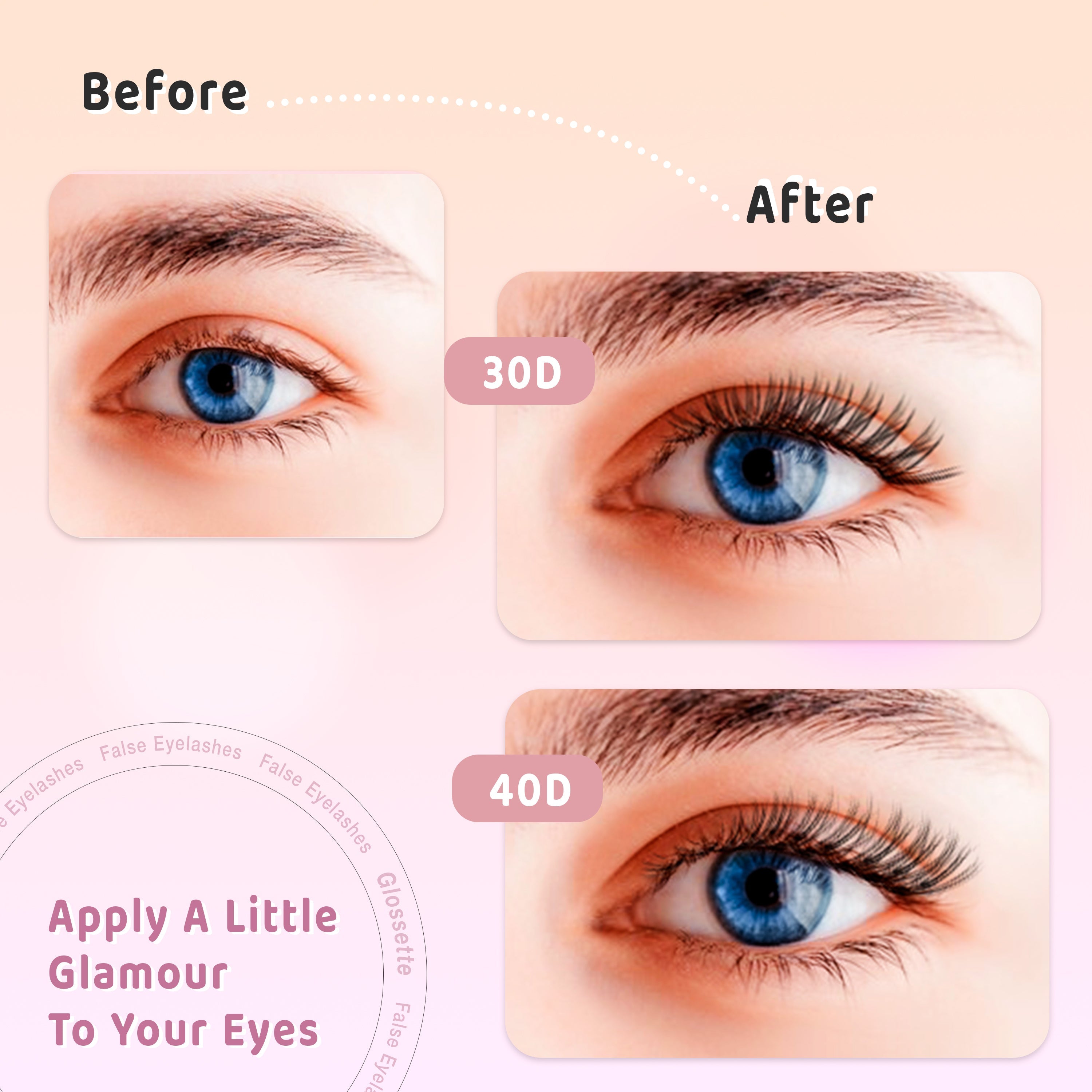
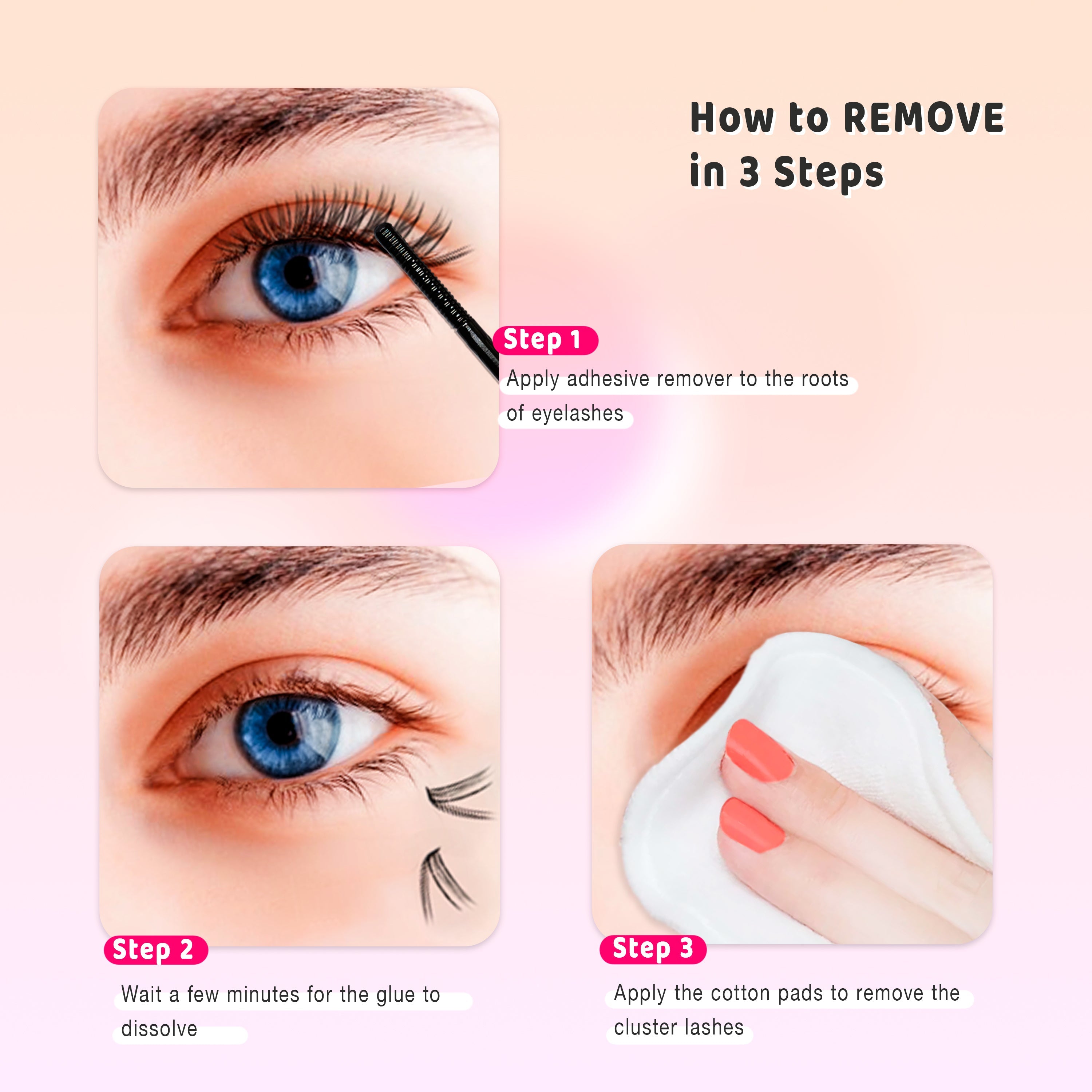
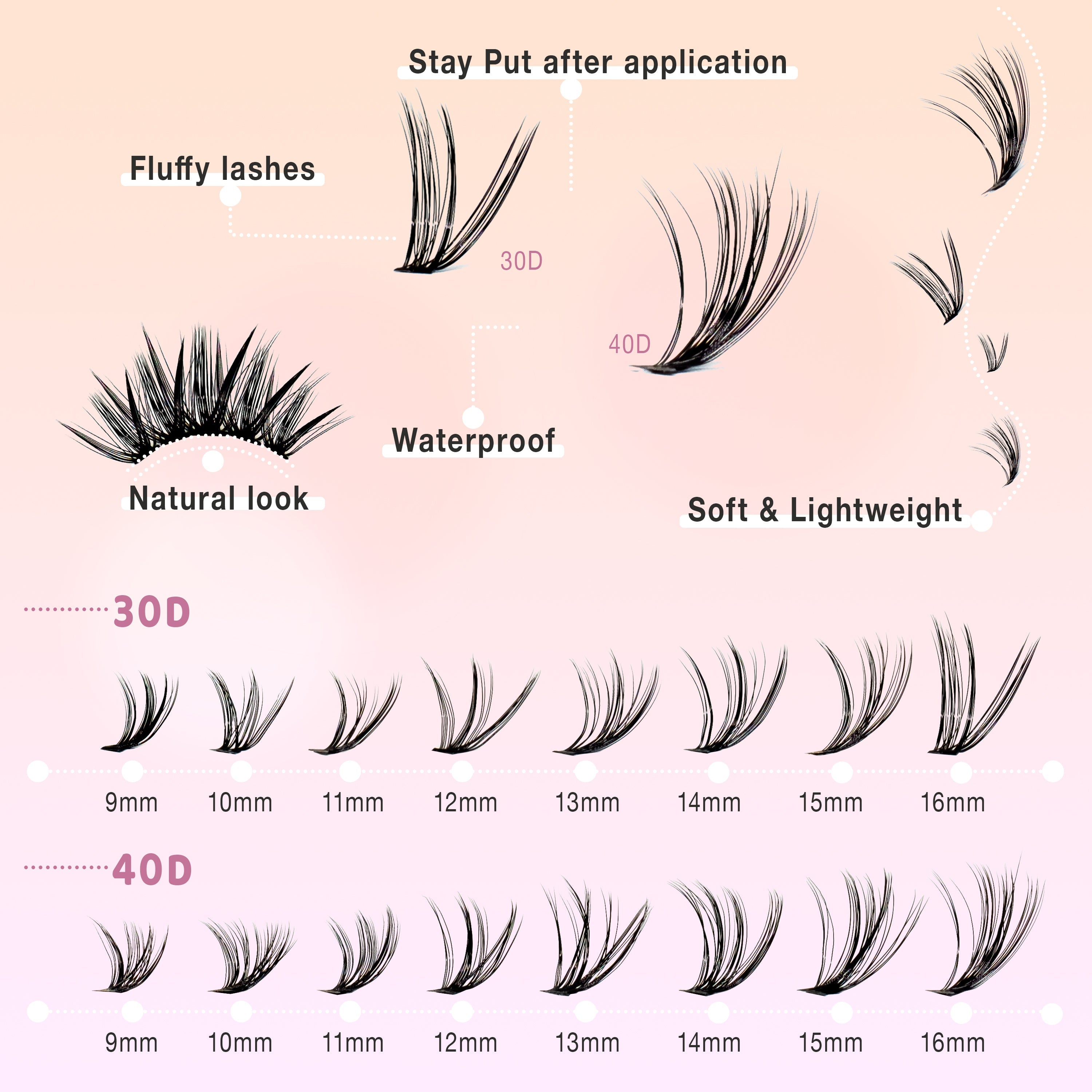
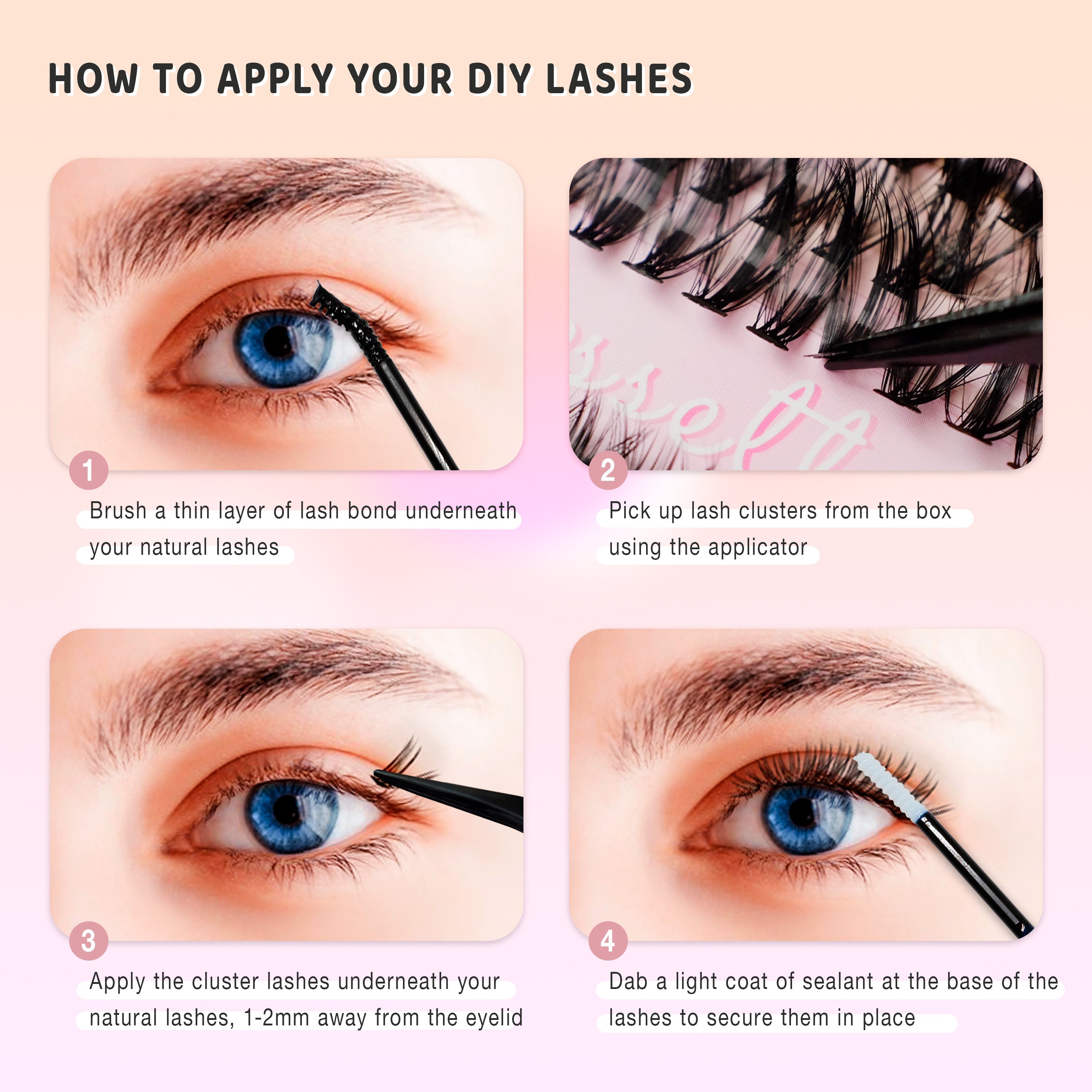
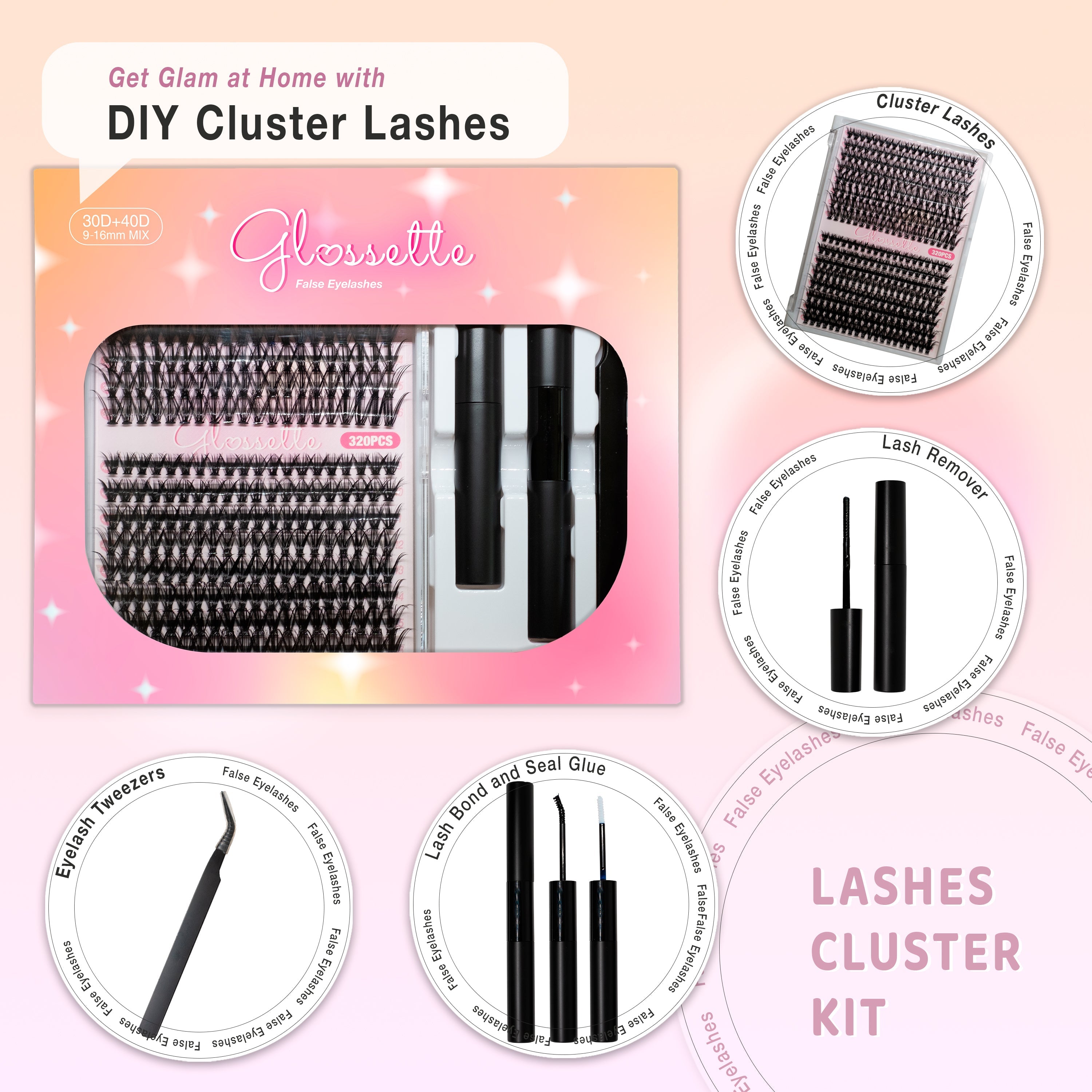
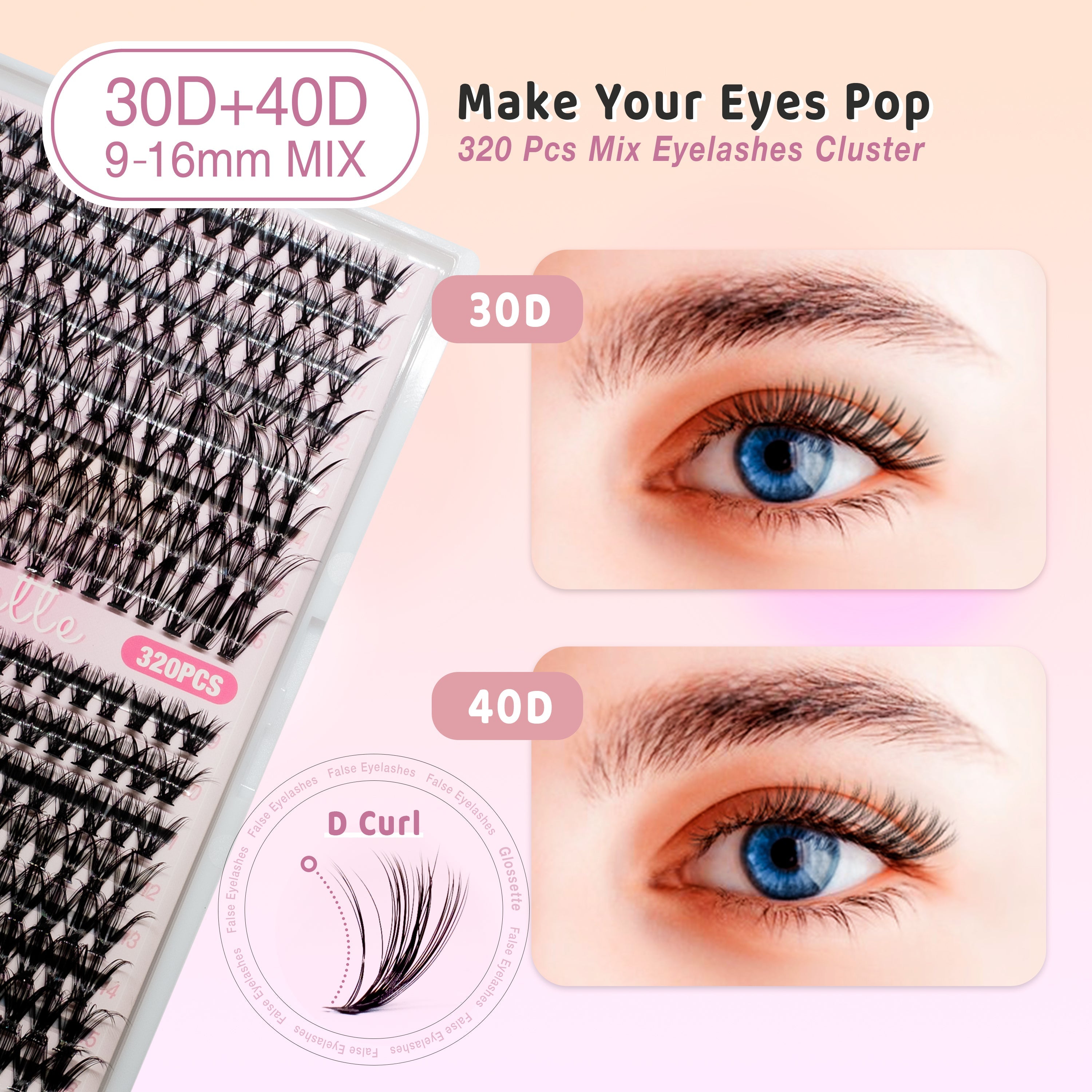
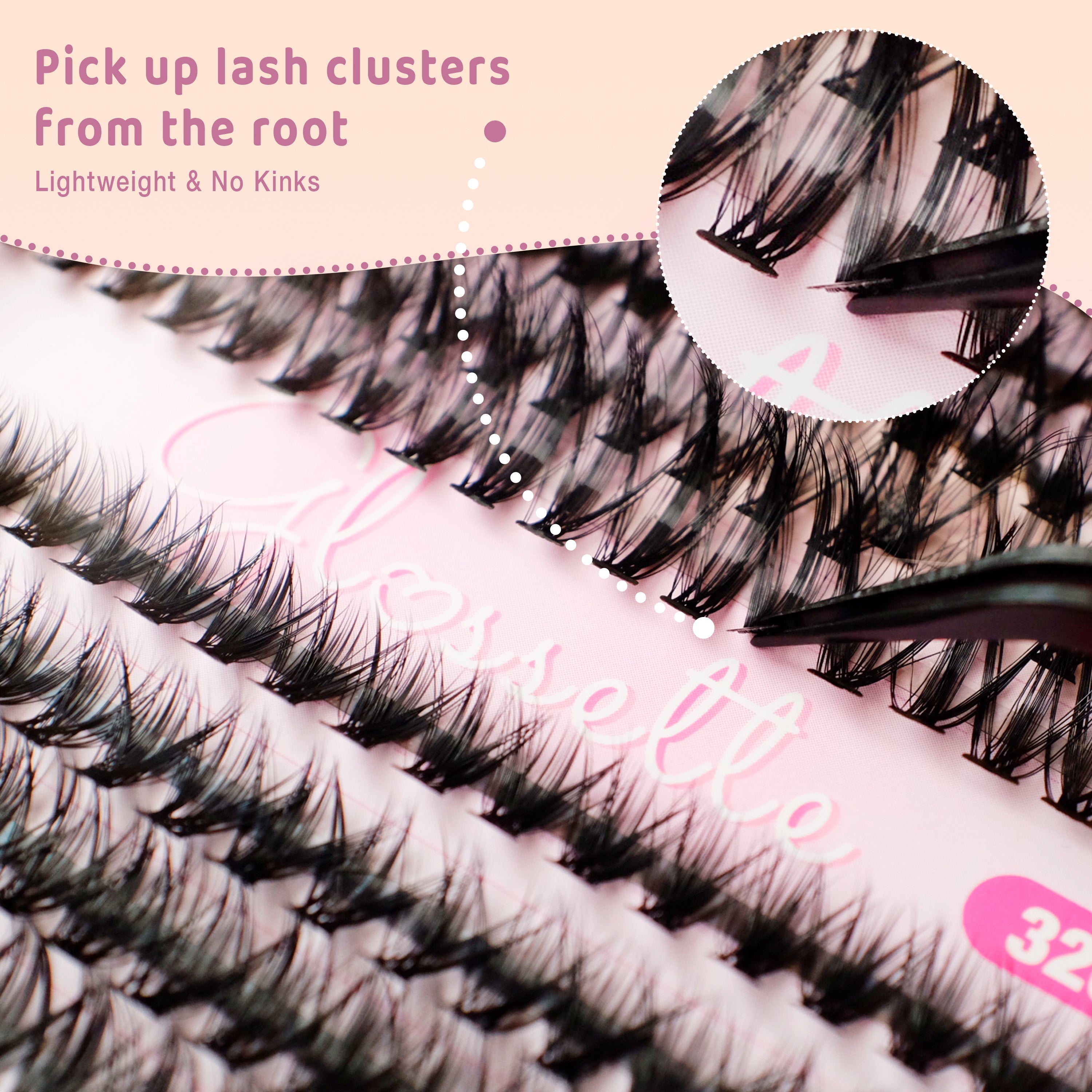
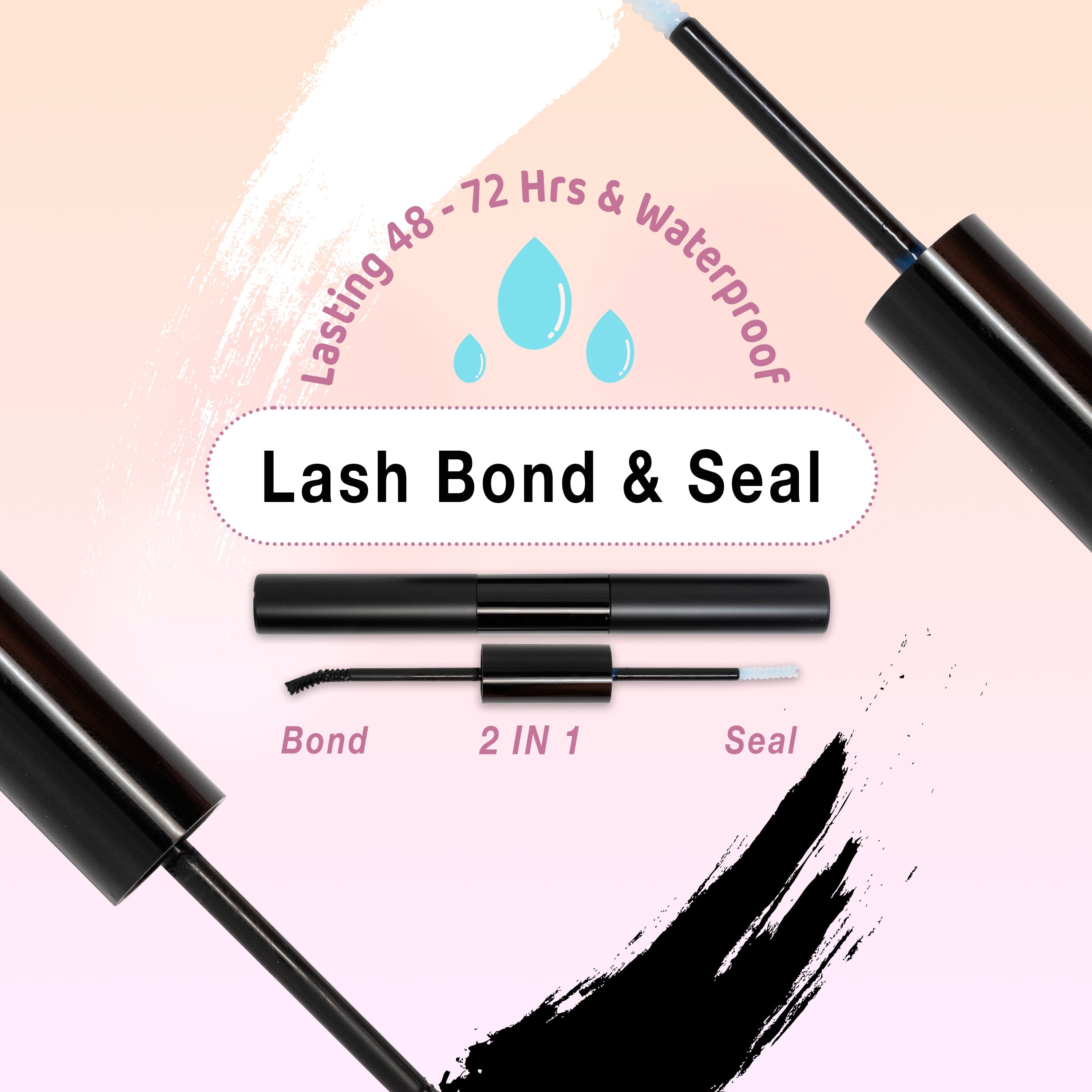
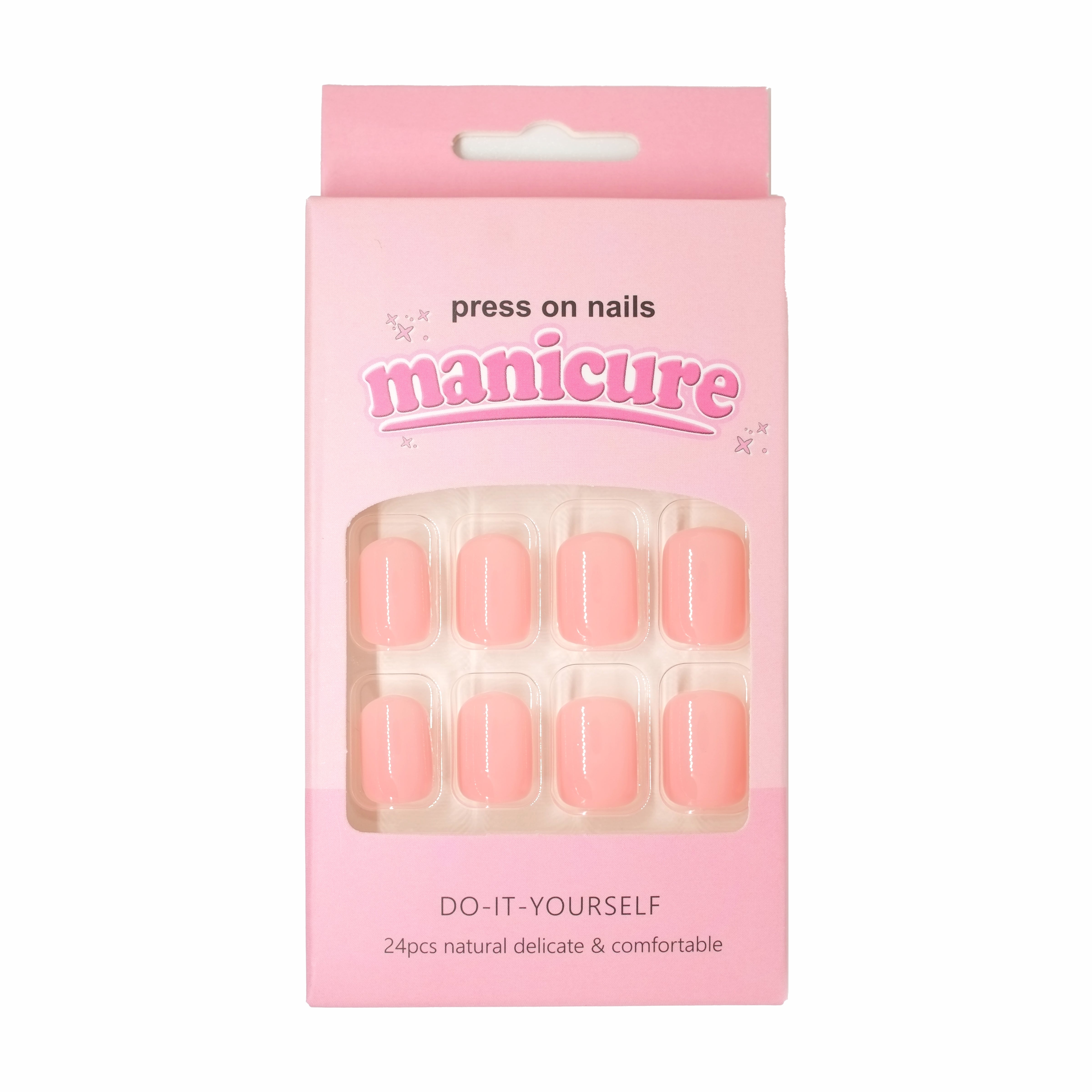
Share and get 15% off!
Simply share this product on one of the following social networks and you will unlock 15% off!